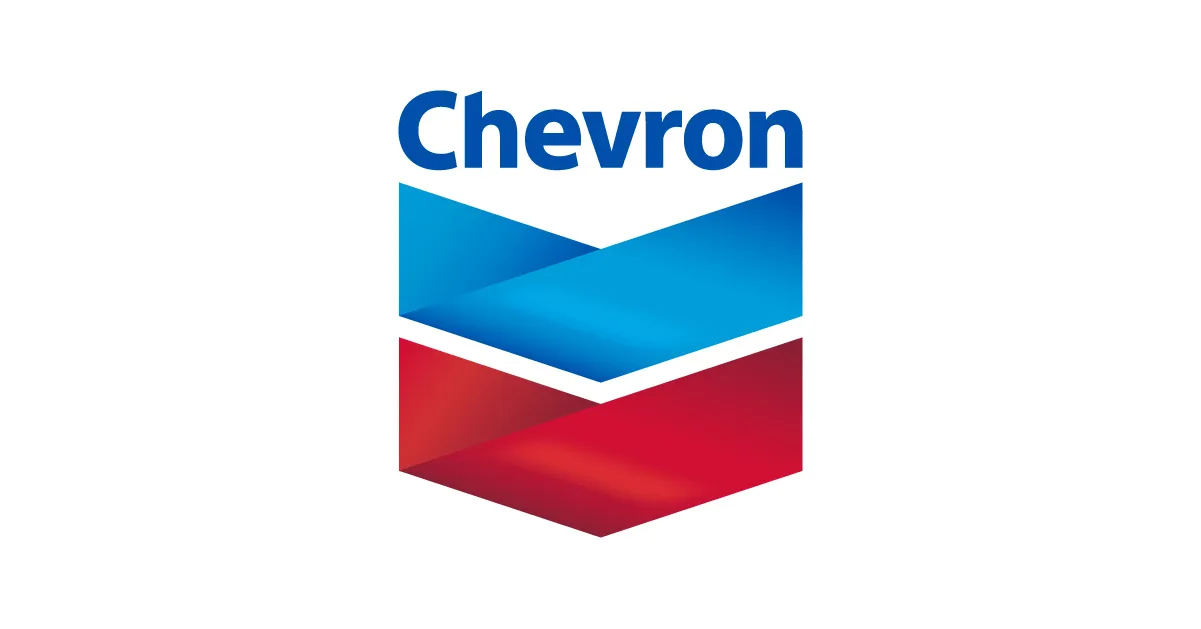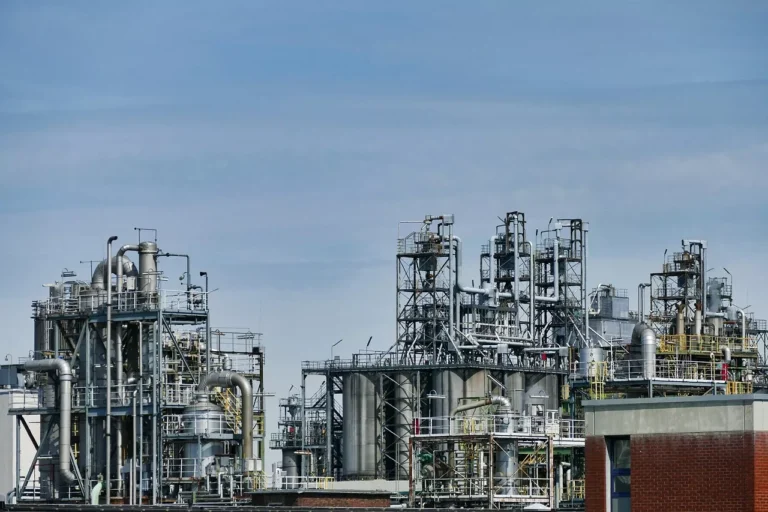
Chevron Enters Domestic Lithium Sector with Strategic Leasehold Acquisitions to Strengthen U.S. Energy Security
In a significant move signaling its entry into the domestic lithium industry, Chevron U.S.A. Inc., a subsidiary of Chevron Corporation (NYSE: CVX), has announced the acquisition of two leasehold acreage positions. The acquisitions mark Chevron’s strategic diversification into critical mineral resources essential to the clean energy transition. The leases were secured from TerraVolta Resources—whose primary investor is affiliated with The Energy & Minerals Group (EMG)—and East Texas Natural Resources (ETNR) LLC. Together, these holdings form the foundation of Chevron’s first commercial-scale lithium development initiative.
Scope and Location of the Acquired Assets
The newly acquired acreage comprises approximately 125,000 net acres located across Northeast Texas and Southwest Arkansas, areas underlain by the Smackover Formation. This geological formation is gaining increasing attention across the energy and mining sectors due to its abundant lithium-rich brines, making it a highly promising source of lithium for the U.S. domestic market.
The Smackover Formation, historically known for hydrocarbon production, is now being re-evaluated for its potential as a critical lithium source. With global lithium demand growing rapidly—driven primarily by the increasing adoption of electric vehicles (EVs), battery energy storage systems, and digital devices—the Smackover Formation has emerged as a strategic domestic asset. Chevron’s entry into this space aligns with both national policy goals and global market trends aimed at increasing secure, low-carbon energy supply chains.
Direct Lithium Extraction (DLE): A Technological Advantage
Chevron intends to develop these assets using a novel and environmentally conscious approach known as Direct Lithium Extraction (DLE). This technology represents a significant improvement over traditional hard-rock mining and evaporation pond methods, which are more time-intensive, water-intensive, and environmentally disruptive.
Instead of waiting months or years for lithium to be naturally evaporated from brine in large open ponds, DLE technology uses chemical and physical separation techniques to rapidly extract lithium directly from subsurface brines. This process not only shortens development cycles but also reduces land use, water consumption, and emissions, making it an attractive solution for companies like Chevron seeking to reduce their environmental impact.
DLE technology remains in early commercial deployment stages, but Chevron’s investment in it demonstrates the company’s willingness to adopt advanced, sustainable technologies that align with long-term environmental and economic goals.
Strategic Implications and National Energy Policy
The announcement has broader implications beyond Chevron’s portfolio diversification. The U.S. government has identified lithium as a critical mineral due to its central role in decarbonization and national energy security. Currently, much of the world’s lithium supply is produced outside of the U.S., with heavy dependence on countries such as China, Australia, and Chile. This poses geopolitical and supply chain vulnerabilities.
Jeff Gustavson, President of Chevron New Energies, emphasized this point:
“This acquisition represents a strategic investment to support energy manufacturing and expand U.S.-based critical mineral supplies. Establishing domestic and resilient lithium supply chains is essential not only to maintaining U.S. energy leadership but also to meeting the growing demand from customers. This opportunity builds on many of Chevron’s strengths including subsurface resource development and value chain integration.”
Chevron’s move directly supports U.S. efforts to onshore critical mineral production, enhance domestic battery supply chains, and meet the accelerating demand for electric transportation and renewable energy integration. By entering the lithium space, Chevron is positioning itself not only as a traditional energy giant but also as a key enabler of the energy transition.
Leveraging Core Competencies in Subsurface Development
Chevron’s deep expertise in subsurface resource management, honed over decades in the oil and gas sector, gives it a competitive advantage in the development of lithium brine projects. Many of the technical and operational skills required to manage complex underground reservoirs—such as geology, reservoir engineering, and fluid management—are directly transferable to lithium brine extraction.
Moreover, Chevron’s scale, infrastructure, and ability to integrate across the value chain from extraction to potential downstream processing could help accelerate project development timelines and reduce costs. The company’s well-established relationships across the energy and technology sectors could also facilitate strategic partnerships, joint ventures, or downstream collaborations in the battery supply chain.
Chevron New Energies: A Vehicle for Clean Energy Growth
The lithium acquisition falls under the broader strategy of Chevron New Energies, a division launched in 2021 to drive investment in low-carbon technologies and clean energy initiatives. The unit is responsible for growing Chevron’s presence in areas such as carbon capture, hydrogen, renewable fuels, and now, critical minerals like lithium.
The move is a clear indicator that Chevron sees economic and strategic value in clean energy, not just as a corporate responsibility initiative, but as a long-term business imperative. The diversification into lithium also signals that Chevron is preparing for a post-oil future where energy storage, electrification, and energy security dominate the global agenda.
Lithium: A Key Enabler of the Energy Transition
Lithium’s role in the global economy is growing exponentially. It is a vital component in lithium-ion batteries, which are used in everything from smartphones and laptops to electric vehicles and grid-scale energy storage systems. As the world moves toward electrification of transport and the integration of intermittent renewable energy sources like wind and solar, energy storage becomes critical—and lithium is at the heart of it.
The International Energy Agency (IEA) estimates that global demand for lithium could increase by over 40 times by 2040 under net-zero scenarios. However, supply chains remain concentrated, constrained, and often geopolitically sensitive. Chevron’s domestic lithium venture addresses both the economic opportunity and the national strategic need for secure, sustainable sources of critical minerals.
Environmental and Economic Impact
The use of DLE, combined with Chevron’s focus on minimizing environmental impact, positions this development as potentially one of the most sustainable lithium extraction projects in North America. DLE’s closed-loop systems can reinject used brine into the subsurface, limiting surface disruption, reducing freshwater usage, and avoiding large evaporation ponds or tailings.
Moreover, the development is expected to generate local economic benefits in East Texas and Southwest Arkansas. Job creation, infrastructure development, and increased regional investment could all stem from Chevron’s lithium operations, supporting economic revitalization in rural and industrial communities.










